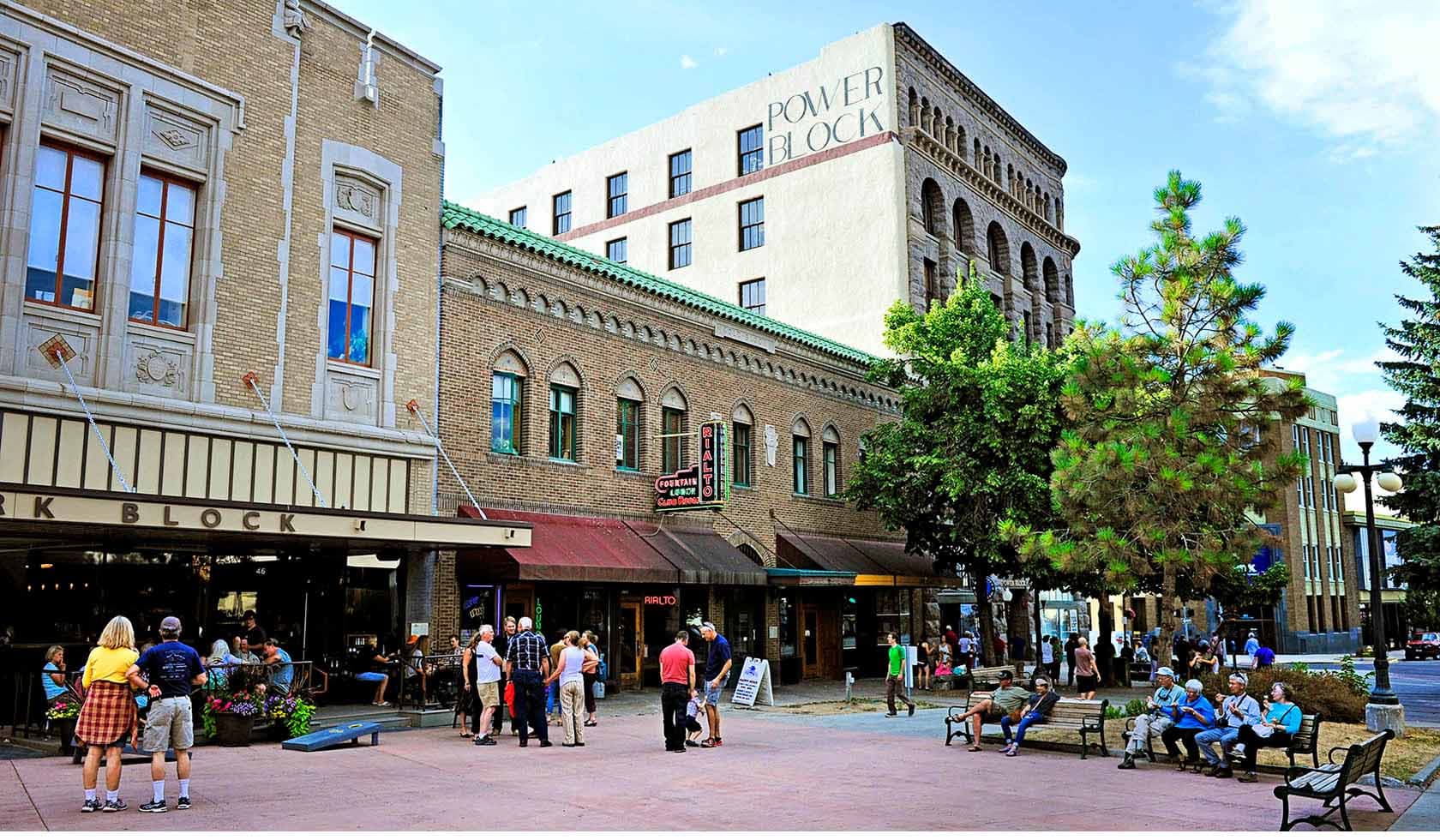Downtown Helena Walking Tour Guide Boosts Local Economic Activity
A concise walking tour of downtown Helena highlights seven key stops from the Montana State Capitol to Gates of the Mountains, offering residents and visitors a compact route through the city center. The guide matters because it channels foot traffic to restaurants, shops and cultural venues, supports seasonal events and nonprofit drives, and points to practical issues such as parking, accessibility and occasional building restorations.

A short walking tour map of downtown Helena frames the city core as a mixed civic and cultural district that matters for everyday residents and local businesses. The route centers on seven named stops, beginning with the Montana State Capitol where visitors can check the rotunda and interpretive exhibits and moving along Last Chance Gulch Walking Mall which remains the heart of downtown with historic storefronts, public art, restaurants and seasonal events. The sequence also notes the original Governor's Mansion on Ewing Street where exterior restoration work may periodically close tours and urges checking the Montana Historical Society for current tour status.
The tour continues to the Cathedral of Saint Helena, a landmark open for services and visits, and the Myrna Loy Center, often called The Myrna Loy, which functions as a community performing arts venue with frequent film and live events. The Helena History Museum and its "Helena As She Was" resources are listed for downtown history exhibits and walking maps. The listing closes by pointing to the Gates of the Mountains as an access point for day trip boat tours that depart nearby and remain a long standing regional attraction.
For local residents the guide is practical as well as cultural. Downtown walking routes are compact, so the note to plan shoes for uneven sidewalks is important for safety and accessibility. Parking rules change seasonally, and visitors are advised to check City of Helena parking notices to avoid fines and to help maintain turnover that supports retail sales. Many downtown shops and markets run holiday and weekend events in November and December, which typically concentrate weekend foot traffic and boost revenue for restaurants and small retailers. Several nonprofits coordinate volunteer and donation drives at that time of year, including Food Share and local shelters, amplifying social services demand and charitable giving.
From a policy perspective, the guide underscores choices city leaders face about public investment. Sidewalk maintenance, coordinated parking policy during peak event periods and support for ongoing restoration projects at historic properties influence how much economic activity the walking corridor can sustain. Cultural assets such as The Myrna Loy and the Helena History Museum are economic multipliers, attracting visitors who then spend at nearby businesses and on tours such as those to Gates of the Mountains.
Long term, preserving a walkable downtown that links civic architecture, performing arts and interpretive history supports a resilient local economy oriented toward heritage tourism and neighborhood retail. Residents should monitor Montana Historical Society notices for tour availability and consult City of Helena parking updates when planning visits to maximize the benefits for themselves and downtown businesses.

